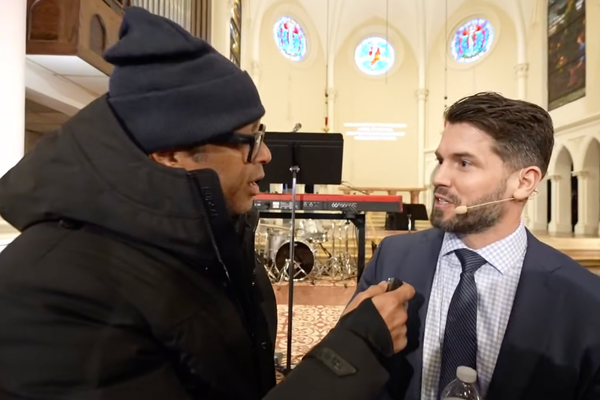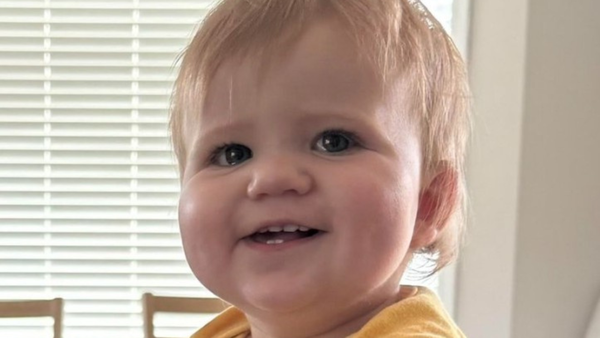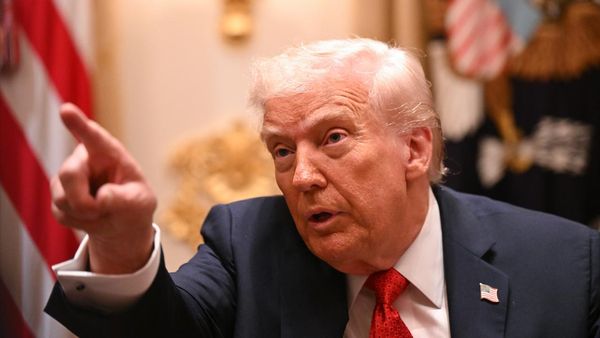
Before the 87 bodies of their loved ones were laid to rest in Churachandpur district in strife-torn Manipur on Wednesday, Kuki-Zo families in the hills had lost hope of ever recovering them. Most of the victims had been killed in the initial phase of ethnic violence in May.
What led to the recovery was talks between civil society organisations and the central government, and a Supreme Court order.
Officially, the violence claimed 175 lives – 98 Kuki-Zos and 67 Meiteis. Many Kuki-Zo bodies have been unclaimed in hospitals – predominantly the Regional Institute of Medical Sciences and Jawaharlal Nehru Institute of Medical Sciences in Imphal – for the past seven months.
Hence, bringing the Kuki-Zo bodies back home from Imphal and other valley districts was a main demand from civil society groups in the hills during their prolonged negotiations with the union ministry of home affairs, according to Ginza Vualzong, spokesperson of the Indigenous Tribal Leaders’ Forum.
He credited the union home ministry, Mizoram government, and Joint Philanthropic Organisation for making sure it happened. The JPO, formed by the ITLF, was ultimately responsible for bringing the bodies back home.
Vualzong said the ITLF initially held several rounds of talks with the home ministry on the issue. The Kuki-Zo community had in August zeroed in on a burial site in Torbung, on the border of Meitei-dominated Bishnupur district and Kuki-dominated Churachandpur district. Both communities lay claim to Torbung.
“After August 3, we met Amit Shah who asked us to change the burial site. When we returned, the task of negotiation with the MHA was handed over to JPO,” he said. The burial site was accordingly shifted to Sekhen village near Khuga Dam, about 15 km from Torbung.
The ITLF said a home ministry official had visited Churachandpur twice for the talks. In November, after the Supreme Court directed the state government to dispose of unclaimed bodies, the negotiations picked up pace.
“The MHA was under pressure too due to the Supreme Court order. The bodies were brought back before the SC order could be implemented,” Vualzong said, adding that they wanted the burial ceremony to take place before Christmas. “The sooner the burial, the quicker we will be able to cope with the loss.”
So, according to Vualzong, on December 14, 60 bodies were flown from Imphal to Churachandpur. Nineteen were buried in Kangpokpi. The remaining 41, along with 46 bodies preserved in Churachandpur, were laid to rest on Wednesday. The burial was preceded by a traditional gun salute by volunteers.



‘Had lost hope’
Among the burials yesterday, baby Isaac was the youngest victim. The one-month-old baby was caught in the crossfire in Imphal on May 11.
“It’s a big relief for us. We had not expected that the bodies would come back. It was only because of the MHA we could perform the burial,” L Puruolte, grandfather of the baby, told Newslaundry.
Isaac’s father was among the attendees at the burial. He lives in a remote village in Pherzawl district. “His mother could not come because of her health. It takes one day to reach Churachandpur from his village,” said Puruolte.
He said all 87 graves were dug using hand tools rather than heavy machinery to show “love and respect” for the departed.
The oldest among the victims was 87-year-old Veinem Chongloi who was killed along with her two daughters, in their 50s, in Imphal on May 4. They had lived in Imphal for 30 years.
“We are at peace now. But the bodies were not preserved properly. They were treated like waste by the roadside,” Chomgneo, granddaughter of Veinem, told Newslaundry on the phone. The Chongloi family lives in a village in Kangpokpi district.
How media covered it
Newslaundry looked at the coverage of the mass burial on mainstream news channels and five leading newspapers.
Only Hindustan Times carried a snippet of the report on its front page today in Delhi. A larger story on page 11 had a four-column photograph as well.
Otherwise, The Indian Express, The Hindu and The Times of India relegated the story to their inside pages in Delhi. So did The Telegraph in Kolkata, which carried the story on page 4. The front pages across papers were devoted to Modi’s assurances to the US on the “plot” to kill Pannun, the crucial issue of Jagdeep Dhankar being mimicked, and the passage of three criminal bills.

On news channels, primetime shows last night skipped the burials entirely. Debates on Aaj Tak, Times Now Navbharat and Network18 India instead focused on Dhankhar, alleged “rifts” in the INDIA alliance, the three criminal bills, and how a dadi was working out at the gym.
Research by Ishita Pradeep.
Updates at 22.00 pm on Dec 21 and 10 am on Dec 22: This report initially said all 87 bodies were flown to Churachandpur from Imphal. This has been corrected and additional details have been added. The error is regretted.
Newslaundry is a reader-supported, ad-free, independent news outlet based out of New Delhi. Support their journalism, here.







